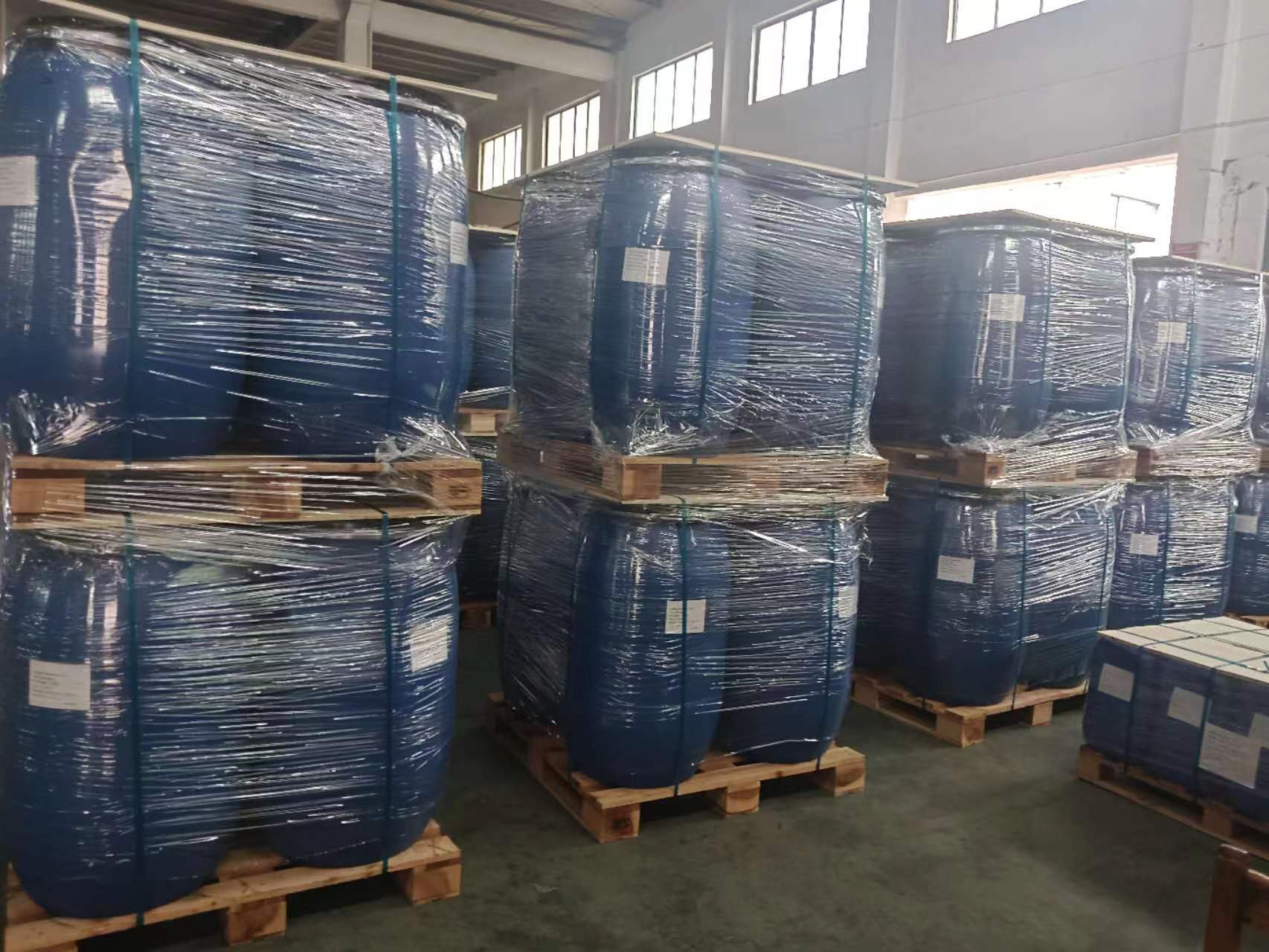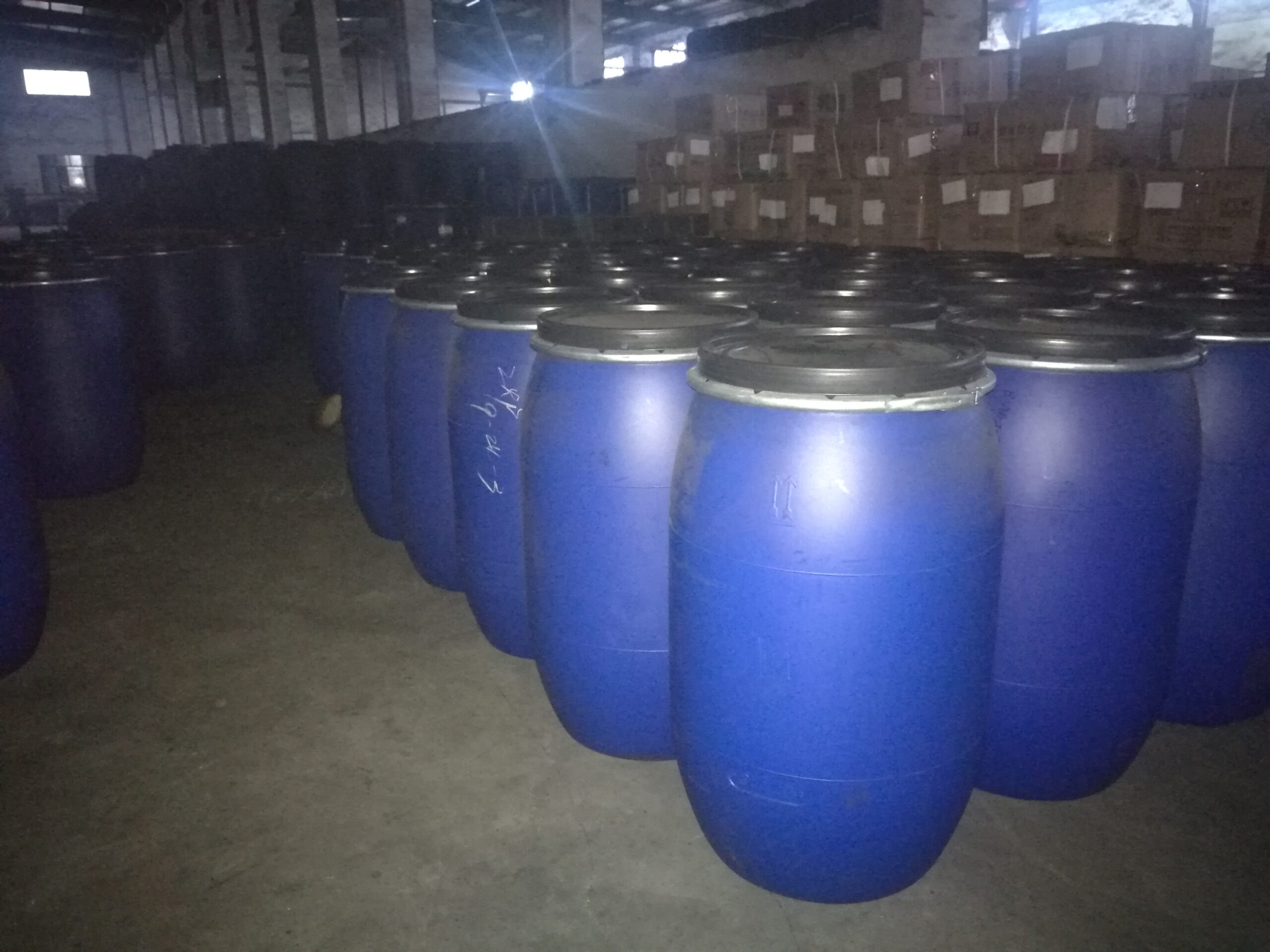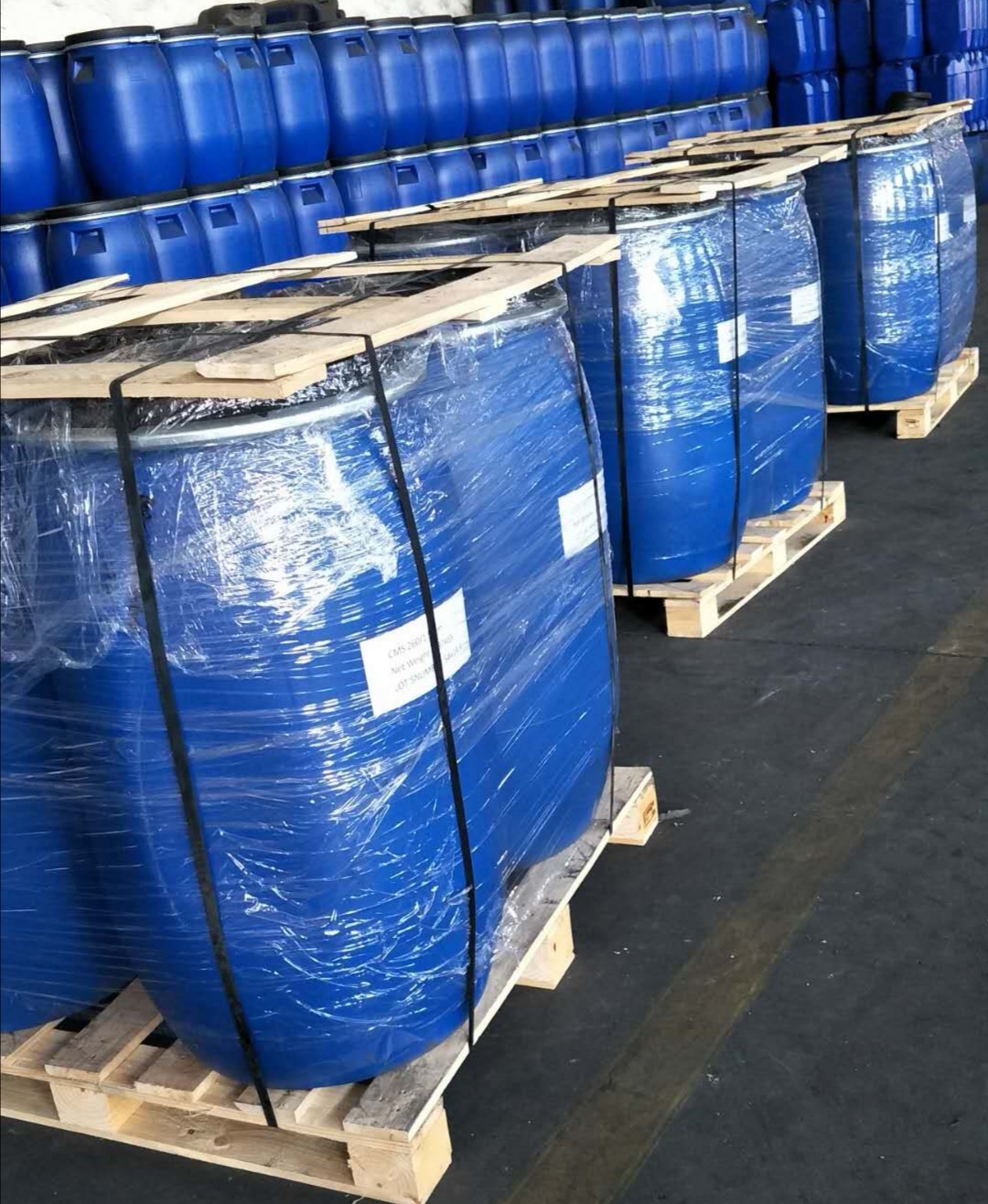What are Pressure Swing Adsorption (PSA) nitrogen plants?
一、Working Principle of PSA Pressure Swing Adsorption Nitrogen Generator
Pressure Swing Adsorption (PSA for short) Nitrogen Generator is a new gas separation technology. Its principle is to separate gas mixtures by taking advantage of the different “adsorption” performances of molecular sieves for different gas molecules. It uses air as the raw material and separates nitrogen and oxygen in the air by taking advantage of the selective adsorption performance of a kind of energy-efficient and highly selective solid adsorbent for nitrogen and oxygen. The separation effect of carbon molecular sieves on nitrogen and oxygen is mainly based on the different diffusion rates of these two gases on the surface of carbon molecular sieves. The gas with a smaller diameter (oxygen) diffuses faster and enters the solid phase of the molecular sieve more. Thus, a nitrogen-rich component can be obtained in the gas phase. After a period of time, the adsorption of oxygen by the molecular sieve reaches equilibrium. According to the characteristic that the adsorption capacity of carbon molecular sieves for adsorbed gases is different under different pressures, the pressure is reduced to make the carbon molecular sieve release the adsorbed oxygen. This process is called regeneration. PSA usually uses two towers in parallel, alternately performing pressurized adsorption and depressurized regeneration to obtain a continuous nitrogen flow.
二、Process Flow of PSA Pressure Swing Adsorption Nitrogen Generator
Raw air is compressed by an air compressor and then enters the secondary air storage tank. Most of the oil, liquid water and dust adhere to the container wall and flow to the bottom of the tank, which is regularly discharged through the drain valve. A part of them enters the compressed air purification system along with the airflow. The purification system consists of a refrigerated dryer and three filters with different precisions and an oil remover. Through refrigeration dehumidification and filtration from coarse to fine, the liquid water, oil and dust in the compressed air are filtered out, reducing the pressure dew point of the compressed air to 2-10℃, the oil content to 0.001PPm and the dust to 0.01μm, thus ensuring the cleanliness of the raw gas entering the PSA nitrogen generator. The purified air is divided into two paths and enters two adsorption towers respectively. Through the automatic switching of the pneumatic valves on the nitrogen generator, adsorption and desorption are alternately carried out. This process separates most of the nitrogen from a small amount of oxygen in the air and discharges the oxygen-rich air. Nitrogen is enriched at the top of the tower and is transported to the secondary nitrogen storage tank through pipelines, and then enters the gas consumption point after passing through the flowmeter.
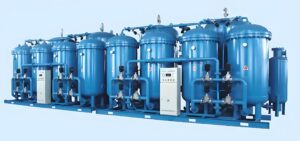
三、Technical Features of PSA Pressure Swing Adsorption Nitrogen Generator
- The raw air is taken from nature. Only compressed air and power supply are needed to produce nitrogen. The equipment has low energy consumption and low operating cost.
- The purity adjustment of nitrogen is convenient. The purity of nitrogen is only affected by the nitrogen exhaust volume. The purity of ordinary nitrogen can be adjusted freely between 95% and 99.99%. For high-purity nitrogen, a nitrogen purification device can be added behind the ordinary nitrogen generator to adjust the purity between 99.99% and 99.999%.
- The equipment has a high degree of automation, generates gas quickly and can be unattended. Starting and shutting down only require pressing a button. Nitrogen gas can be produced within 10 to 15 minutes after startup. 4. The equipment has a simple process flow, a compact structure and small footprint, and is highly adaptable to various installation environments.
- Special cylinder clamping device to prevent molecular sieves from pulverizing due to high-pressure gas flow impact. Automatic audible and visual alarm when the stroke exceeds the limit.
- The digital display flowmeter with pressure compensation is a secondary industrial process instrument, featuring the functions of instantaneous flow and cumulative calculation. (Optional)
- Online detection by imported analyzer, maintenance-free. (Optional)
四、Technical Characteristics and Performance Parameters of Nitrogen Generation Equipment
- System process flow description: The raw compressed air, after purification treatment, has a flow rate and pressure of 0.8 Mpa, with a dew point reaching the clean gas source. It then enters a filter filled with granular activated carbon, reducing the residual oil content to ≤ 001 ppm. After passing through a buffer gas storage tank, it enters two pressure swing adsorption separation systems filled with adsorbents, which are the main components of the nitrogen generator. The clean compressed air enters from the bottom of the adsorption tower and, after being diffused by the air diffuser, evenly enters the adsorption tower for oxygen-nitrogen adsorption separation. Nitrogen gas then flows out from the outlet end and enters the nitrogen gas buffer tank. This nitrogen production process lasts approximately 1 minute. Subsequently, it undergoes equalization and depressurization (to atmospheric pressure) to remove the adsorbed impurity components (mainly oxygen), completing the regeneration of the adsorbent. The two adsorption towers operate alternately in a cycle, continuously feeding in raw air and continuously producing qualified high-purity nitrogen gas. The nitrogen output pressure is ≥ 0.7 Mpa (adjustable), and the nitrogen gas atmospheric pressure dew point is -45℃.
- Main performance features, technical parameters description and configuration details of the equipmentIntroduction to the structure of the separation tower: The adoption of a simple, reliable airflow diffuser has maximally solved the industry problem of uneven airflow distribution within the separation tower. This mechanism diffuses the incoming gas flow in three stages. The initial forced diversion and diffusion of the gas flow is achieved through the primary diffuser, followed by further refinement and uniformity through the secondary diffuser. Finally, the gas flow undergoes a third stage of diffusion through the uniform gaps of the alumina, achieving the ideal diffusion effect before passing through the separation tower bed. This significantly enhances the utilization rate of the molecular sieve, greatly improving the gas production efficiency and performance of the equipment.
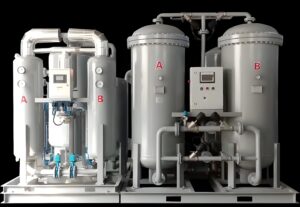
五、Industries and Application Methods of Pressure Swing Adsorption Nitrogen Generators
Nitrogen generators in the chemical industry are applicable to petrochemical, coal chemical, salt chemical, natural gas chemical, fine chemical, new materials and other derivative chemical product processing industries. Nitrogen is mainly used in areas such as covering, purging, displacement, cleaning, pressure transportation, chemical reaction stirring, protection in chemical fiber production, and nitrogen filling protection.
Nitrogen generators in the metallurgical industry are suitable for heat treatment, bright annealing, protective heating, powder metallurgy, copper and aluminum processing, sintering of magnetic materials, processing of precious metals, and bearing production. They feature high purity, continuous production, and in some processes, nitrogen containing a certain amount of hydrogen is required to increase brightness.
Nitrogen generators in the petroleum and natural gas industry are applicable to onshore and offshore oil and gas extraction, nitrogen protection, transportation, covering, displacement, emergency rescue, maintenance, and nitrogen injection oil recovery. They have the characteristics of high safety, strong adaptability, mobile operation, and continuous production.
Nitrogen generators in the electronics industry are suitable for semiconductor production and packaging, electronic component production, LED, LCD liquid crystal display, lithium battery production, and other fields. They feature high purity, small size, low noise, and low energy consumption.
Nitrogen generators in the food industry are applicable to green storage of grains, nitrogen-filled packaging of food, preservation of fruits and vegetables, sealing (filling) and storage of alcoholic beverages, etc. In the pharmaceutical industry, they are mainly used in drug production, storage, packaging, and other fields.
Nitrogen generators in the rubber and tire industry are suitable for nitrogen protection and molding in the vulcanization process of rubber and tires. Especially in the production of all-steel radial tires, the new nitrogen vulcanization process has gradually replaced the steam vulcanization process. They feature high nitrogen purity, continuous production, and high nitrogen pressure.

